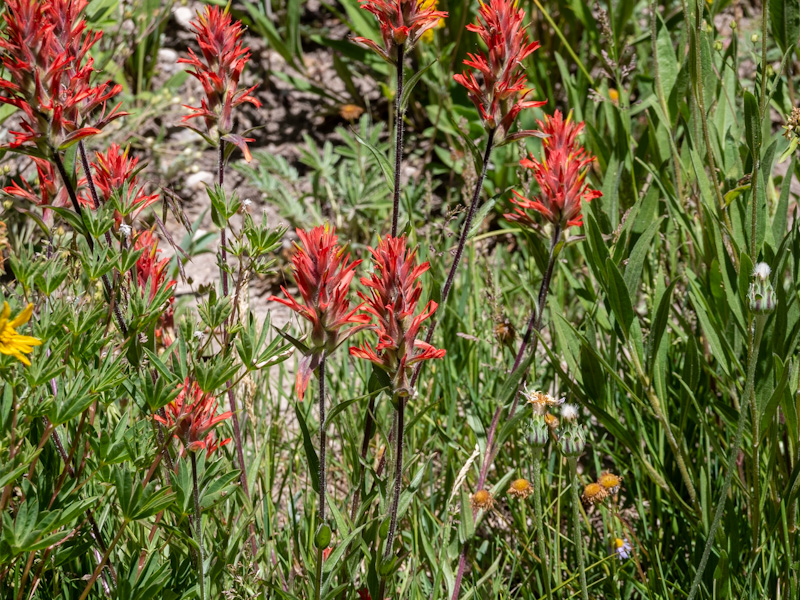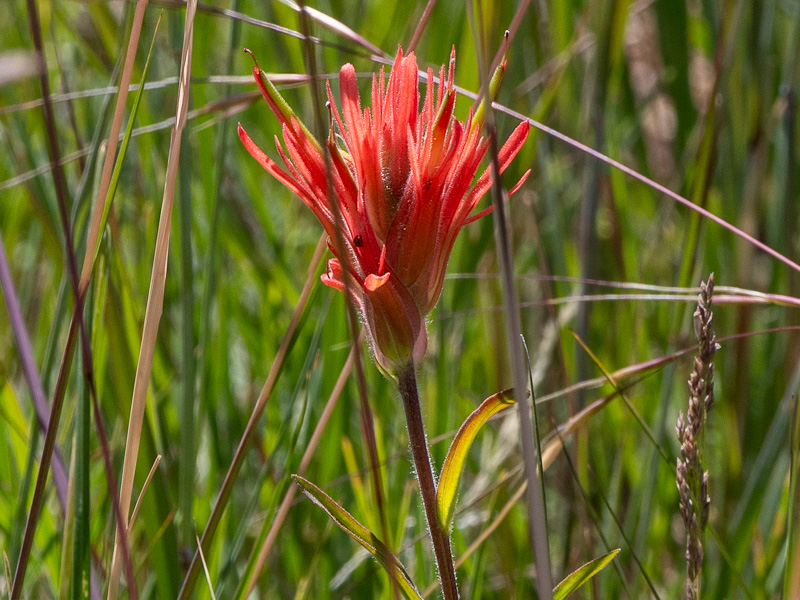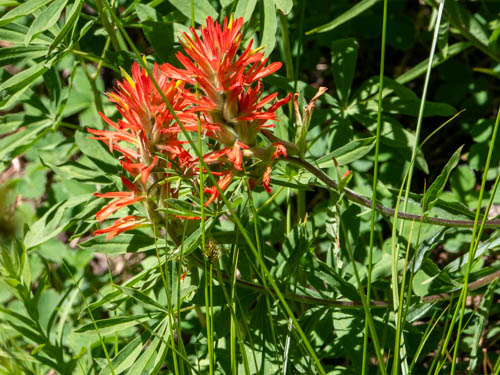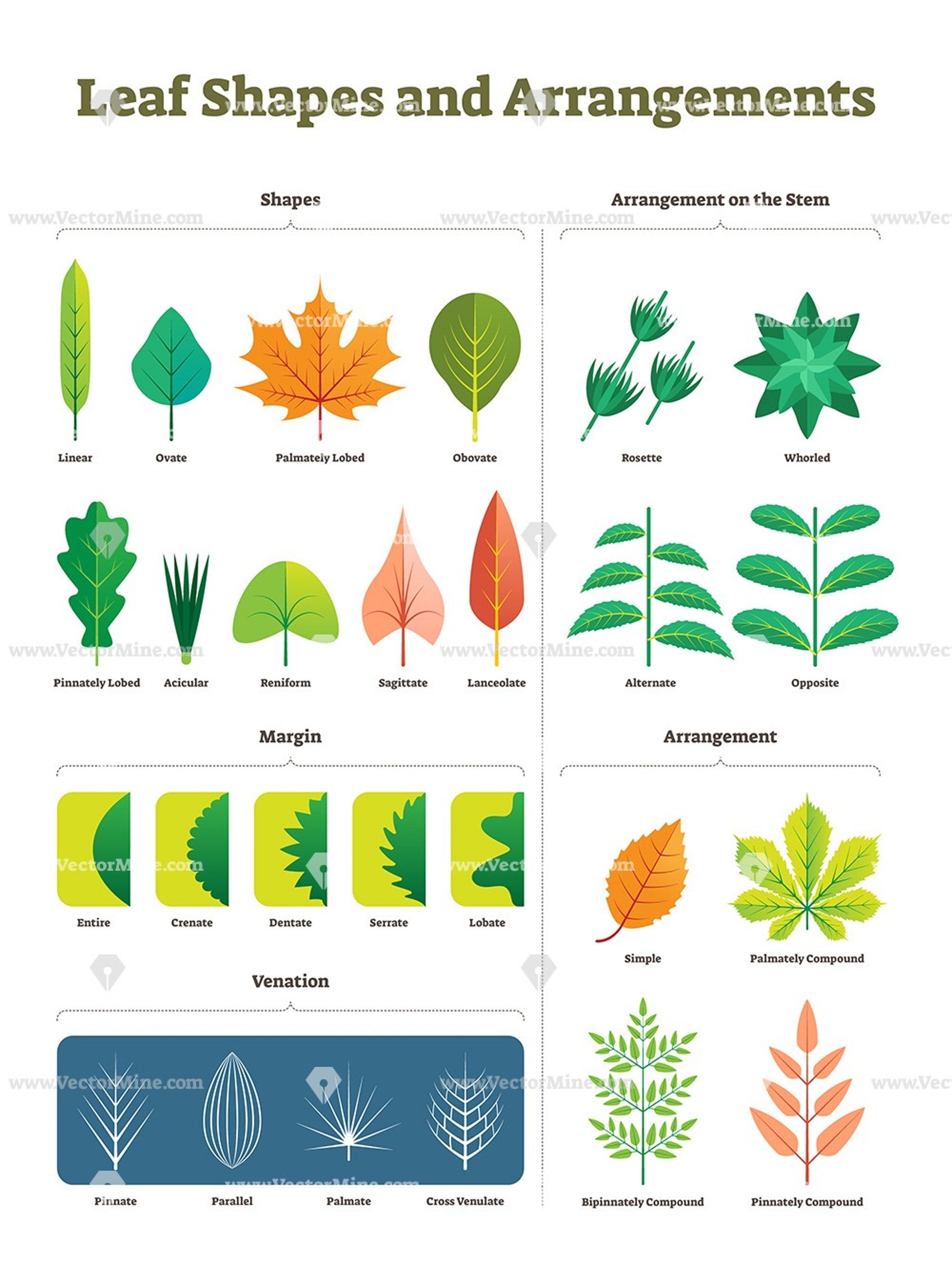The lance-shaped leaves are 1-2.5 inch (3-6 cm) long, pointed, and coated in thin hairs. The inflorescence is made up of bright red to pale orange or orange-tipped bracts. Castilleja miniata is typically bright red but it is common to find an assortment of other colors. Between the bracts emerge the yellow-green, red-edged tubular flowers. Because most species of the genus are parasitic on other plants, sophisticated networks are formed between their roots and those of other species. They therefore cannot be transplanted in most cases. Only the hemiparasitic species possess an additional extensive root system referred to as the lateral or side haustoria. In most holoparasitic species there is a swollen mass of short, bulky roots or one big swollen haustorial organ, which may be simple or composite, commonly called the terminal or primary haustorium.





